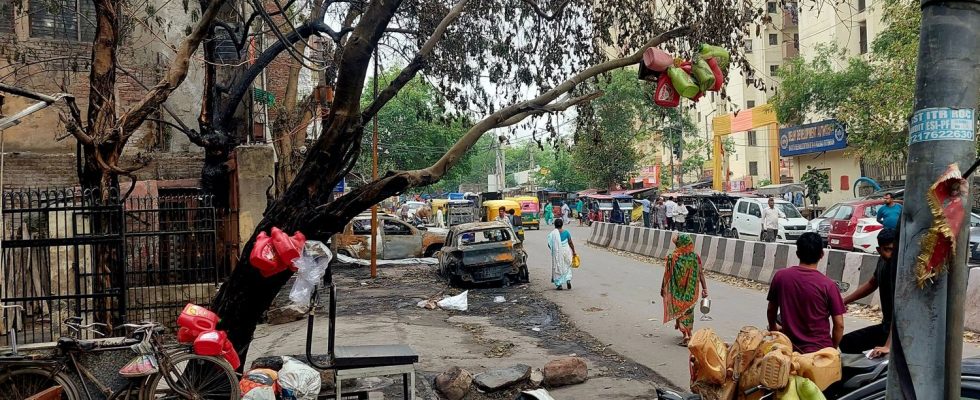In view of the legislative elections which begin on Friday, the Indian Prime Minister is campaigning on the model of success that the country embodies. But inequalities have never been greater.

Published
Update
Reading time: 2 min

Indians vote from Friday April 19 to elect their deputies. The vote will be spread over six weeks. With growth of 7%, India aims to be a model of economic success put forward by Narendra Modi. Yet inequalities have never been greater. They have even widened over the last decade. The Prime Minister, who is seeking a third term, hopes to take advantage of the aid programs (access to housing, drinking water, etc.) that he has put in place for the poorest. Franceinfo went to New Delhi before the legislative elections.
High-rise buildings were recently constructed in the Govindpuri area of southern New Delhi. Almost 3 000 people are housed there, like Anita, who lived in a slum. “Narendra Modi did a lot of good things for us. I lived in a dilapidated place, but he provided me with good housing. It’s a nice gesture for the poor, and I am happy.”
Did the Indian Prime Minister have an ulterior electoral motive when he extended, just before the campaign, the free distribution of food that he had established at the time of the Covid crisis? Three kilos of rice and two kilos of wheat per month per family collected in small stores, from where we leave with half-filled bags. Around 800 million people benefit from this food aid.

Inequalities are growing
“The poor are getting poorer and the rich are getting richer, that’s what India’s status as the world’s fifth largest economy means to us”, declares a woman who earns her living as a servant. This is exactly what emerges from a study carried out last March by Thomas Piketty’s team. We learn that in India, the wealthiest, or 1% of the population, hold more than 22% of the country’s total wealth.
“1% of the population shares approximately 40% of the economy.”
Amit Tora, from Jawaharlal-Nehru Universityat franceinfo
“Today we are more unequal than during the British era, deplores Amit Tora, who works on inequalities at Jawaharlal-Nehru University in New Delhi. The difference between the rich and the poor wasn’t that big, today it’s staggering. It’s the worst in the world. Some figures indicate that it will take 400 years for a worker to earn as much as a CEO in a year.”
Despite growing inequalities, Narendra Modi remains surprisingly popular among the poorest, resigned to ensuring their daily survival.
